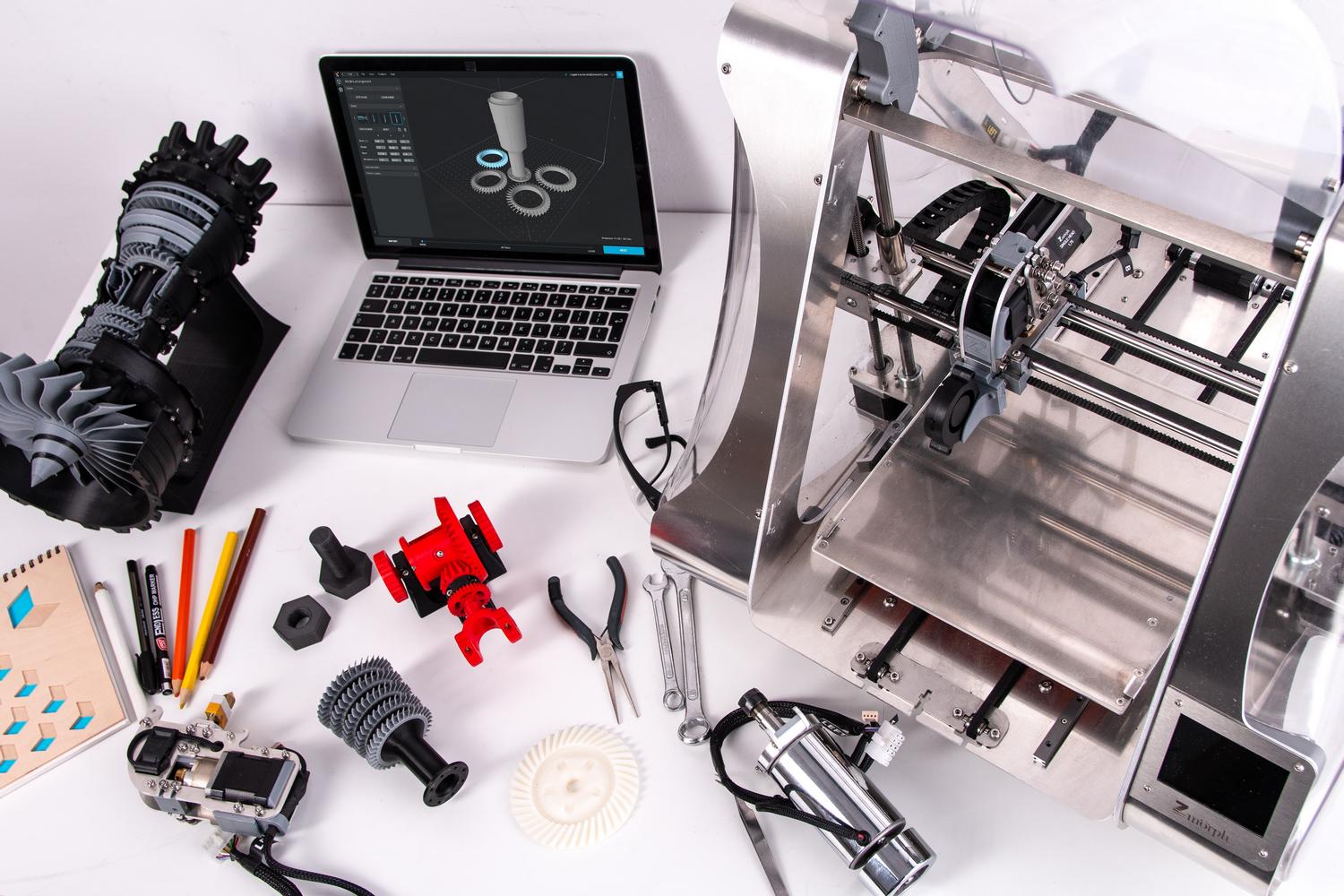Industrial automation – robotization of production is an integral part of complex industrial automation and is the process of introducing robotic cells, isolating them or combining them into robotic parts and production lines. It has undeniable advantages in improving production efficiency, increasing the number of products produced per unit of time, improving product quality and reducing costs.
Modern industrial robots can flexibly and quickly switch from one process operation to another by changing the control program. Thanks to this, they can be used to produce small batches of products necessary for small and medium-sized enterprises.
- https://www.pilicka.net.pl/jak-wypozycjonowac-sklep-internetowy
- https://www.plating.pl/wybor-czesci-samochodowych-jak-naprawic-swoj-samochod/
- https://www.art4web.biz.pl/jakie-ubrania-dla-puszystych/
Benefits of implementing a production robot
-
-
- Increase your productivity. Robots move and process parts faster and more accurately. In addition, companies introducing manufacturing robotics can operate 24/7 with the same high efficiency.
- Improve production efficiency. The introduction of industrial robots led to a reduction in the number of employees employed in production and a reduction in the cost of salaries and their value in the final cost of production. This is true even when skilled robot kit tuning and maintenance engineers are present at the highest level when implementing industrial robotic systems.
- Improved product quality. Robotization of production will obviously improve the quality of the product. Modern industrial robots are characterized by an accuracy of 0.05 mm, and this positioning accuracy is maintained regardless of the number of work cycles.
- Staff safety. The introduction of industrial robotic systems increases the safety of production as robots replace humans in hazardous and hazardous areas. Robots have successfully replaced humans in welding, painting, casting, forging and milling. In all robotic cells, industrial robots have fences, and if someone crosses the fence, a sensor will be triggered and the robot will stop working.
- save space. Practice has shown that the introduction of industrial robots allows for significant savings in working space due to the small size of modern robots and the ability to install robots from the top of the service area.
- Minimal maintenance. Today’s industrial robots are equipped with asynchronous motors and high-quality gearboxes to minimize maintenance, especially for modern robots that have thousands of hours between scheduled maintenance.
-
Reasons to invest in production robots
In today’s world, manufacturers are forced to constantly improve their competitiveness and reduce production costs in the face of increasingly stringent environmental regulations and declining workforce skills. Therefore, organizing a stable production process is a cost-effective way to improve economic, environmental and overall production efficiency, improve product quality and ensure work safety.
Why you should pay attention to robotics in production:
-
-
- Reduce production costs.
- Ensure consistent product quality.
- Improve the quality of employees’ work.
- Increase technical production flexibility.
- Reduce production waste.
- Comply with safety requirements and improve the quality of labor protection.
- Reduce turnover and recruitment difficulties.
- Lower capital costs (industrial resources, work in progress).
-
In today’s competitive market, the industrial economy must grow rapidly to meet the demands of its own market. This means that production is under constant pressure from competitors offering cheaper products, but also from producers who invest heavily in the industrial sector and increase their competitiveness.
A healthy manufacturing industry has the potential to generate GDP growth and increase its total value for the entire population, not just those who work in manufacturing. To be successful on the global market, manufacturers must be competitive in their products and strengthen their position in the use of modern technologies. Investing in robotic industrial automation systems has brought many benefits to manufacturers and enabled them to become more successful in the global market.
Advantages of industrial automation
Industrial automation systems based on robots have many undeniable advantages. Most industries, especially traditional ones such as engineering and the food industry, face an aging workforce, which makes it difficult to attract new, younger employees. The solution to this problem is the increasing use of robots, which reduces the number of people with traditional skills. Due to the consistency of the process flow and production quality, the production level of products can be improved with a certain amount of resources.
Automated production frees people from routine and repetitive manufacturing operations, allowing them to devote labor resources to other tasks where their ability to work and flexibility in decision-making will be more rewarded for the same wage. The flexibility of robotic automation systems allows for the flexibility to increase or decrease the production of certain goods based on changes in demand, such as night shifts or weekend work, without incurring additional costs. Robotization accelerates the transition from one product to another, ensuring consistent quality, shorter cycle times, and faster and more frequent product deliveries, resulting in better customer service.









